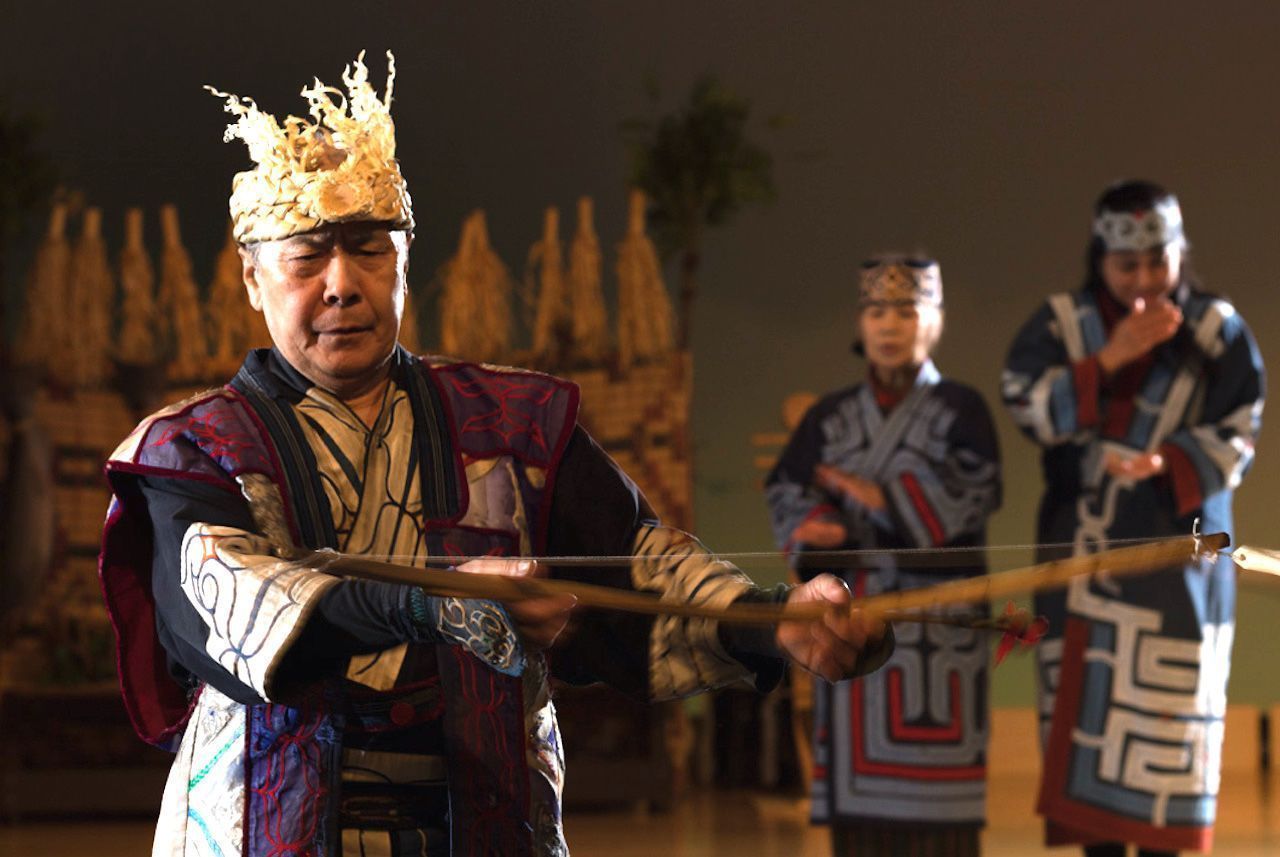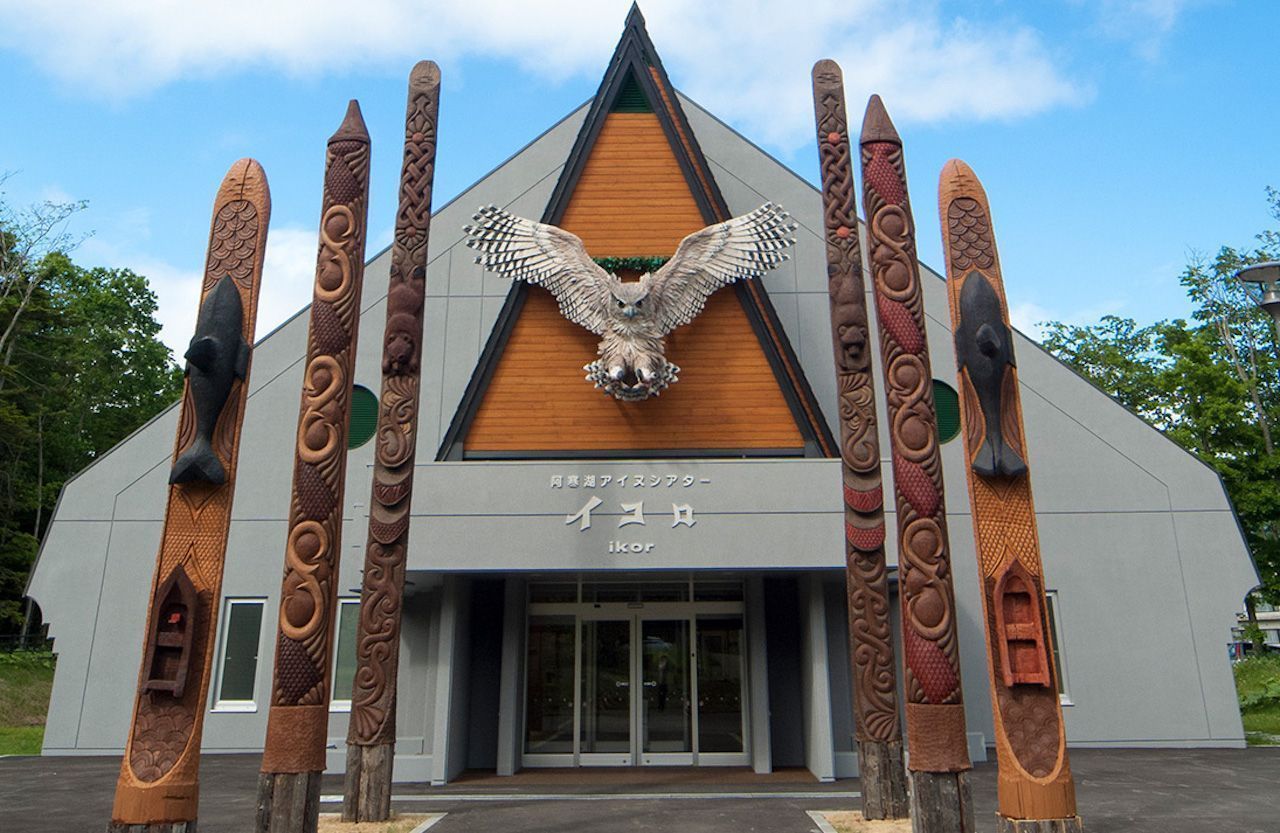With fewer than five months to go until the start of the 2020 Olympics in Tokyo, Olympic officials have canceled a dance performance by Japan’s indigenous population, the Ainu people, that was set to be part of the event’s opening ceremony on July 24.
Kazuaki Kaizawa, an official at the Hokkaido Ainu Association, told Reuters that they received notice that there wasn’t any room to fit them in the ceremony. “We have been preparing and it is a disappointment, but we hope there will still be a chance for us to show Ainu culture elsewhere.”
There has been no further comment from Olympic officials on the matter.


